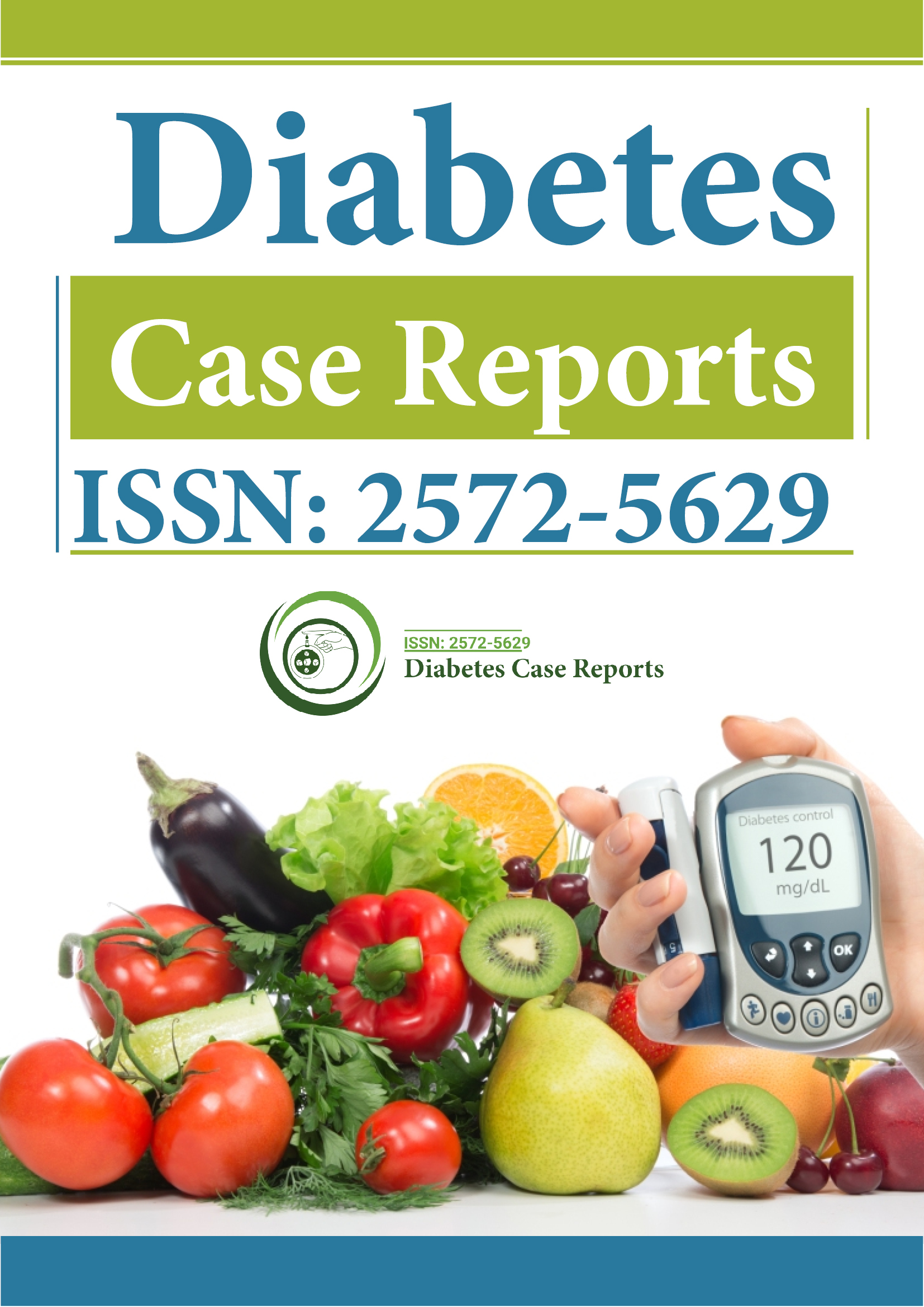Indexed In
- RefSeek
- Hamdard University
- EBSCO A-Z
- Euro Pub
- Google Scholar
Useful Links
Share This Page
Journal Flyer

Open Access Journals
- Agri and Aquaculture
- Biochemistry
- Bioinformatics & Systems Biology
- Business & Management
- Chemistry
- Clinical Sciences
- Engineering
- Food & Nutrition
- General Science
- Genetics & Molecular Biology
- Immunology & Microbiology
- Medical Sciences
- Neuroscience & Psychology
- Nursing & Health Care
- Pharmaceutical Sciences
Commentary Article - (2024) Volume 9, Issue 1
Recent Advancements and Emerging Techniques for Generating Insulin-Producing Cell Transplants
Ehsan Oliveira*Received: 02-Jan-2024, Manuscript No. DCRS-24-24856; Editor assigned: 05-Jan-2024, Pre QC No. DCRS-24-24856(PQ); Reviewed: 19-Jan-2024, QC No. DCRS-24-24856; Revised: 26-Jan-2024, Manuscript No. DCRS-24-24856(R); Published: 02-Feb-2024, DOI: 10.35841/2572-5629.24.9.196
Description
Cellular transplants in diabetic patients are a form of regenerative medicine that aims to replace the damaged or destroyed pancreatic beta cells that produce insulin. Insulin is a hormone that regulates blood glucose levels and is essential for normal metabolism. Patients with Type 1 Diabetes (T1D) have an autoimmune condition that causes their immune system to attack and destroy their own beta cells, resulting in a lifelong dependence on exogenous insulin injections. Patients with Type 2 Diabetes (T2D) have a progressive loss of beta cell function and mass, leading to insulin resistance and eventually insulin deficiency. One of the main challenges of cellular transplants in diabetic patients is to obtain a sufficient and reliable source of Insulin-Producing Cells (IPCs) that can survive and function in the recipient’s body. Currently, there are two main sources of IPCs, cadaveric donor pancreases and stem cells. Cadaveric donor pancreases can be either transplanted whole or processed to isolate the islets of Langerhans, which are clusters of endocrine cells that include beta cells. Islet transplantation has the advantage of being less invasive and requiring less immunosuppression than whole pancreas transplantation, but it also has limitations such as donor scarcity, variable quality and quantity of islets, and poor engraftment and survival of the transplanted islets.
Stem cells are undifferentiated cells that have the potential to differentiate into various cell types, including IPCs. Stem cells can be derived from various sources, such as Embryonic Stem Cells (ESCs), Induced Pluripotent Stem Cells (iPSCs), Adult Stem Cells (ASCs), and transdifferentiated cells. ESCs and iPSCs have the advantage of being pluripotent, meaning they can generate any cell type in the body, but they also have ethical and safety issues, such as the risk of teratoma formation and immune rejection. ASCs and trans-differntial cells have the advantage of being more readily available and compatible with the recipient, but they also have limitations such as low efficiency and specificity of differentiation, and potential loss of function and identity over time.
Cellular transplants in diabetic patients are a potential experimental treatment that could potentially cure diabetes or reduce its complications. However, they are not yet widely available or clinically feasible, and they require further research and development to address the remaining challenges and limitations. However, cell transplants are not a cure for diabetes, and they have many challenges and limitations. Donor scarcity is available in shortage which can provide enough cells for transplantation. Each recipient may need cells from two or more donors to achieve insulin independence. The recipient’s immune system may still attack the transplanted cells, unless they are genetically matched or protected by a device or coating. The recipient may also need to take immunosuppressive drugs, which can have side effects and increase the risk of infections and cancers. The success rate of cell transplants varies depending on the source and quality of the cells, the site and method of delivery, and the recipient’s condition and response. Some recipients may achieve insulin independence, while others may still need insulin injections or experience complications. The long-term effects of cell transplants are not fully known, as the procedure is still experimental and has only been tested in a small number of patients.
Conclusion
There may be risks or benefits that emerge over time. Several protocols have been developed to generate IPCs from stem cells, using various combinations of growth factors, small molecules, and genetic modifications to replicate the developmental stages of pancreatic beta cell formation. These protocols are designed to generate mature, functional, and glucose-responsive pancreatic cells (IPCs), capable of releasing insulin in reaction to fluctuations in blood glucose levels. However, there are still challenges to overcome, such as improving the yield, purity, and stability of IPCs, ensuring their safety and quality control, and optimizing their delivery and integration into the recipient’s pancreas.
Citation: Oliveira E (2024) Recent Advancements and Emerging Techniques for Generating Insulin-Producing Cell Transplants. Diabetes Case Rep. 9:196.
Copyright: © 2024 Oliveira E. This is an open-access article distributed under the terms of the Creative Commons Attribution License, which permits unrestricted use, distribution, and reproduction in any medium, provided the original author and source are credited.
